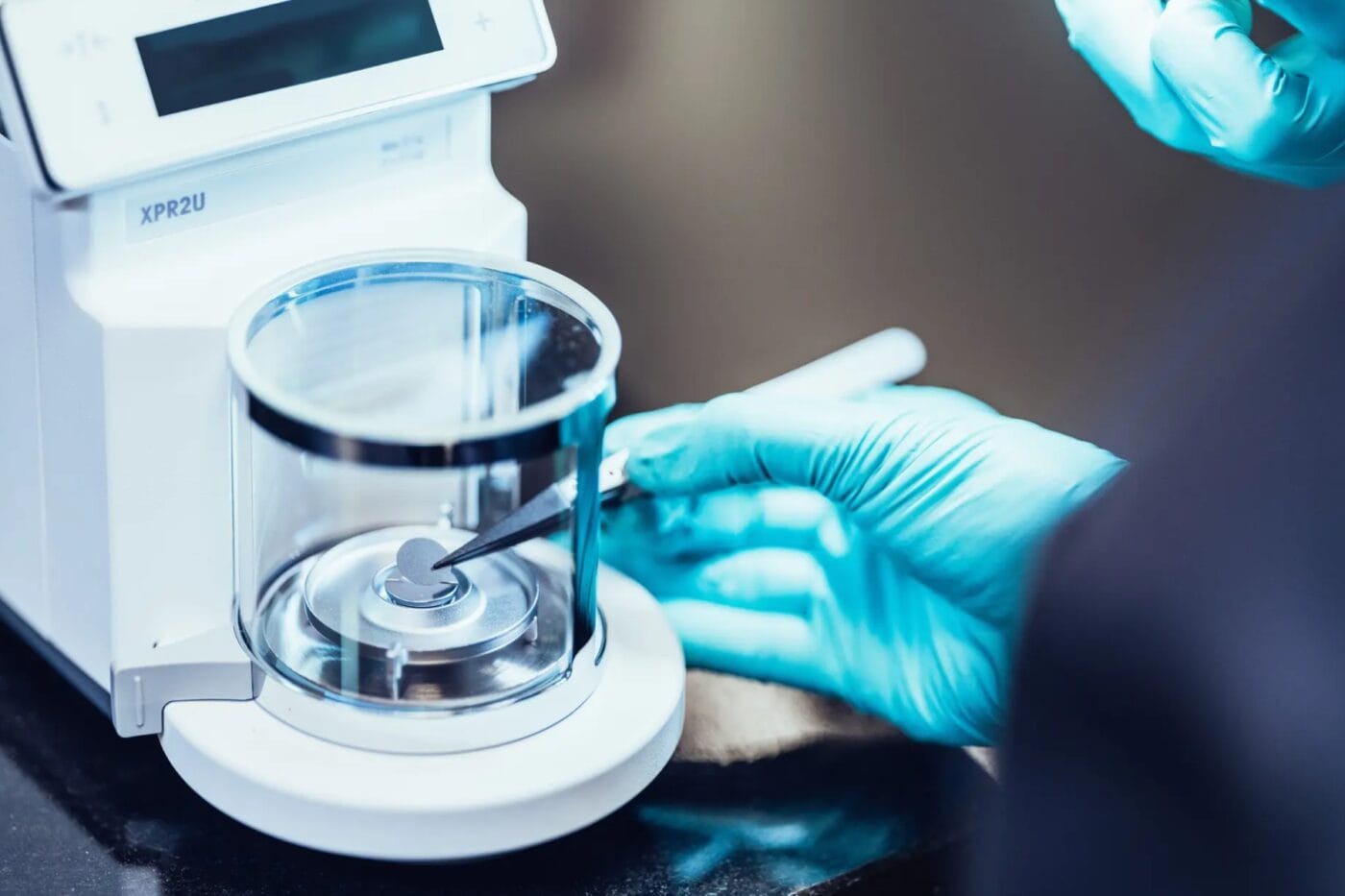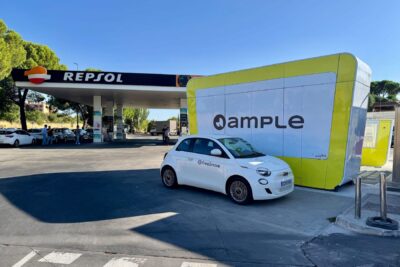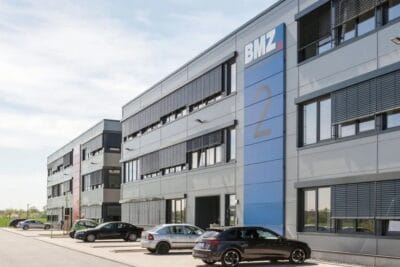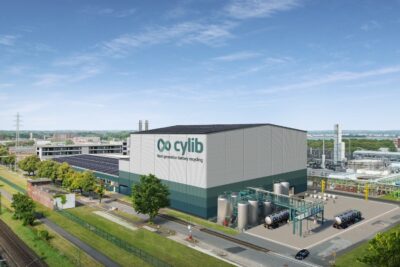Vianode and Fortum partner on recycled graphite for EV batteries
The recycled graphite will be assessed and optimised to meet the performance demands of next-generation battery applications. This includes enhancing its suitability for Vianode’s commercial-scale production lines, which are being developed to serve the growing demand from European and North American cell manufacturers.
Vianode, which recently introduced its first recycled battery-grade graphite product, views the partnership as a vital step in achieving its goal of producing anode materials with a carbon footprint below 1 kg CO₂e per kg of graphite by 2030. According to Chief Commercial Officer Dr. Stefan Bergold, access to consistent volumes of recycled graphite supports both emission reduction targets and material supply security.
At the core of the collaboration is Fortum’s hydrometallurgical recycling facility in Harjavalta, Finland. The site will supply recycled graphite concentrate, which Vianode intends to refine and scale for commercial use in anode production. The latter emphasises that graphite remains the single largest component in lithium-ion batteries by weight (averaging around 70 kg per vehicle) and its sustainable sourcing is a critical challenge as e-mobility accelerates across Europe.
Fortum Battery Recycling’s role goes beyond material recovery. Its business model is built on closing the loop for EV battery materials, particularly graphite, nickel, cobalt, and lithium—elements now subject to tightening EU regulations mandating higher recycling efficiency and minimum recycled content in new batteries.
“As the EV market matures, we are rapidly approaching the first wave of battery end-of-life volumes in Europe,” said Tero Holländer, Head of Fortum’s Battery business. “This partnership demonstrates how recovered graphite can re-enter the value chain as a high-quality input, supporting both environmental and industrial policy goals.”





0 Comments